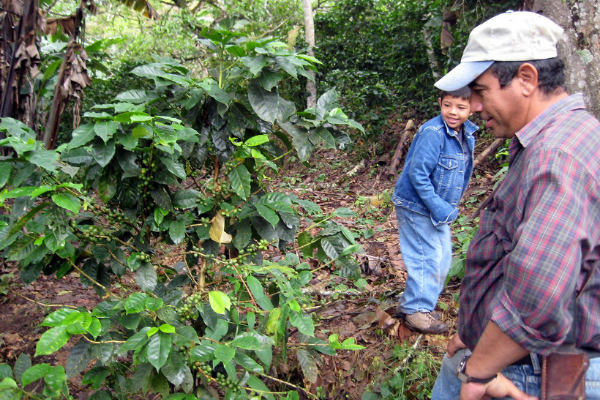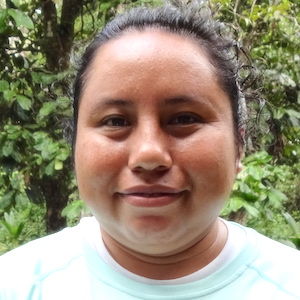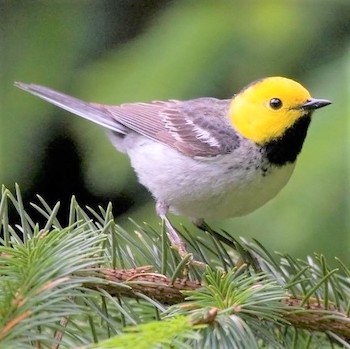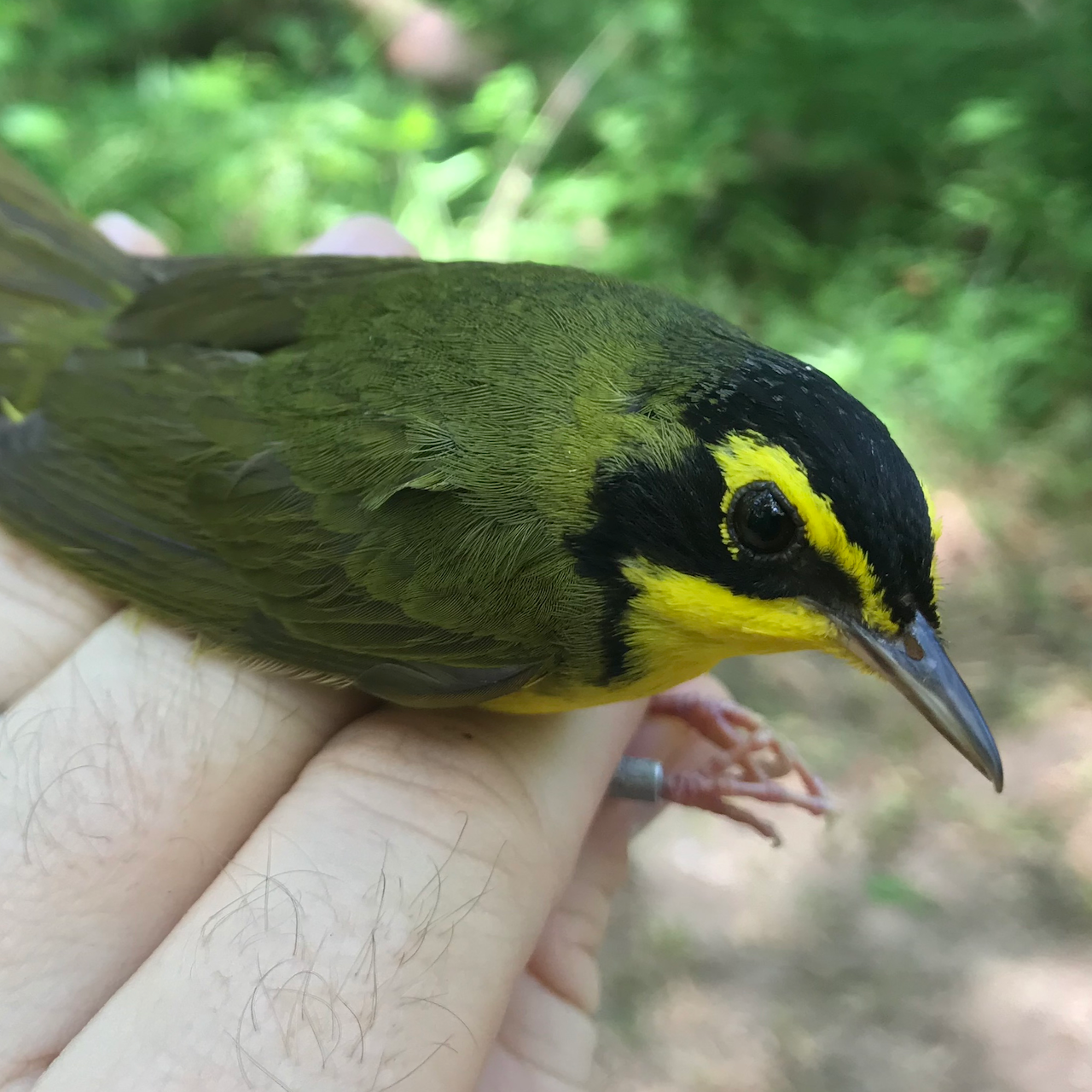
A Squirrel Cuckoo forages in a coffee bush at Reserva Silvestre El Jaguar, a shade grown coffee plantation and wildlife sanctuary in Nicaragua. El Jaguar is run by Lili & Georges Chavarria-Duriaux, two of the country's most prominent birders and long time partners with IBP in the MoSI program. Photo by John Hannan.
IBP's Assistant Director for Demographic Monitoring Programs, Steve Albert, co-authored a new paper in The Condor: Ornithological Applications examining how "conservation social science" can improve conservation outcomes in the Neotropics. Conservation social science is an interdisciplinary field that incorporates elements of psychology, economics and political ecology to bring the social sciences and humanities to bear on biodiversity conservation problems.
The article was featured on the American Ornithological Society's blog in a write up by The Condor's Editor-In-Chief, Catherine Lindell. You can read it at this link: Social Science Is an Integral Part of Neotropical Bird Conservation.
Steve has a lot of experience working with the human dimensions of wildlife conservation. Prior to joining IBP he spent 20 years working for, and with, the Tribes around the Southwest, especially the Pueblo of Zuni, on bird and other wildlife conservation issues. "Tribes hold a really unique and complicated niche in many aspects of American life. Issues like migratory bird management, Endangered Species, and water rights get really complicated really quickly." says Steve. "For instance, it took until 1973 and a case that went all the way to the Supreme Court, for tribes just to get the right to manage their own deer and elk populations. So every issue I dealt with had a large human dimensions component to it, though I didn’t know that term at the time. When I started working internationally, I found a lot of similarities in how to approach conservation challenges."
A conference presentation by Ashley Dayer, one of the country’s leading experts on conservation social science, sparked this collaboration. "I thought it was wonderful – it brought together so many threads of the bird conservation discussion," says Steve. Dayer wasn't totally familiar with work going on in the Neotropics, but Steve and co-author Eduardo A. Silva-Rodríguez helped assemble a team of people working in conservation social science from around the region.
Steve is pleased with the results. "I think people intuitively understand a lot of the human aspects of conservation, but to see it formalized, not to mention the development of inter-disciplinary studies encompassing economics, psychology, and other fields, is really encouraging."






